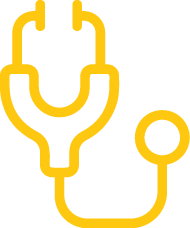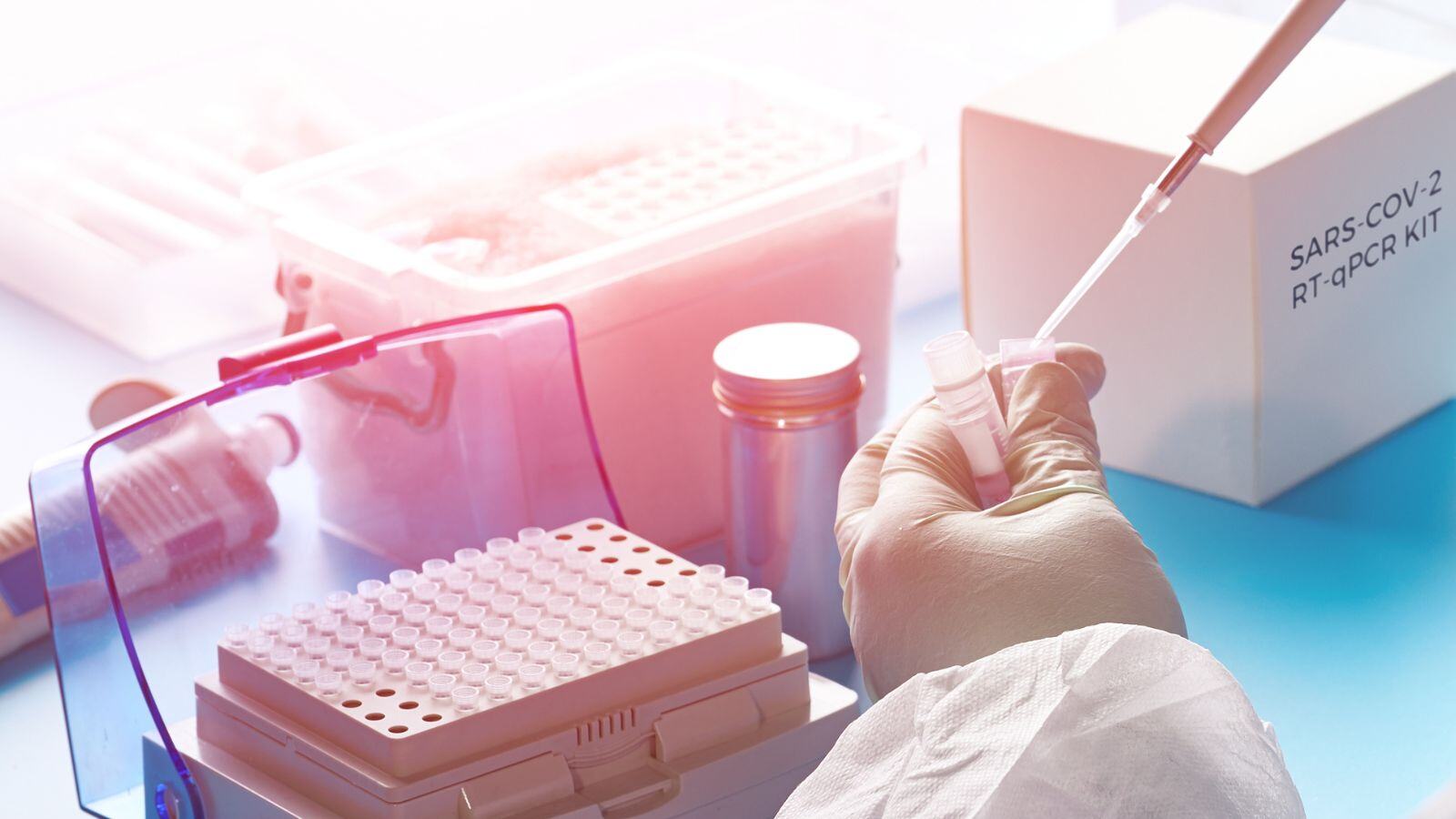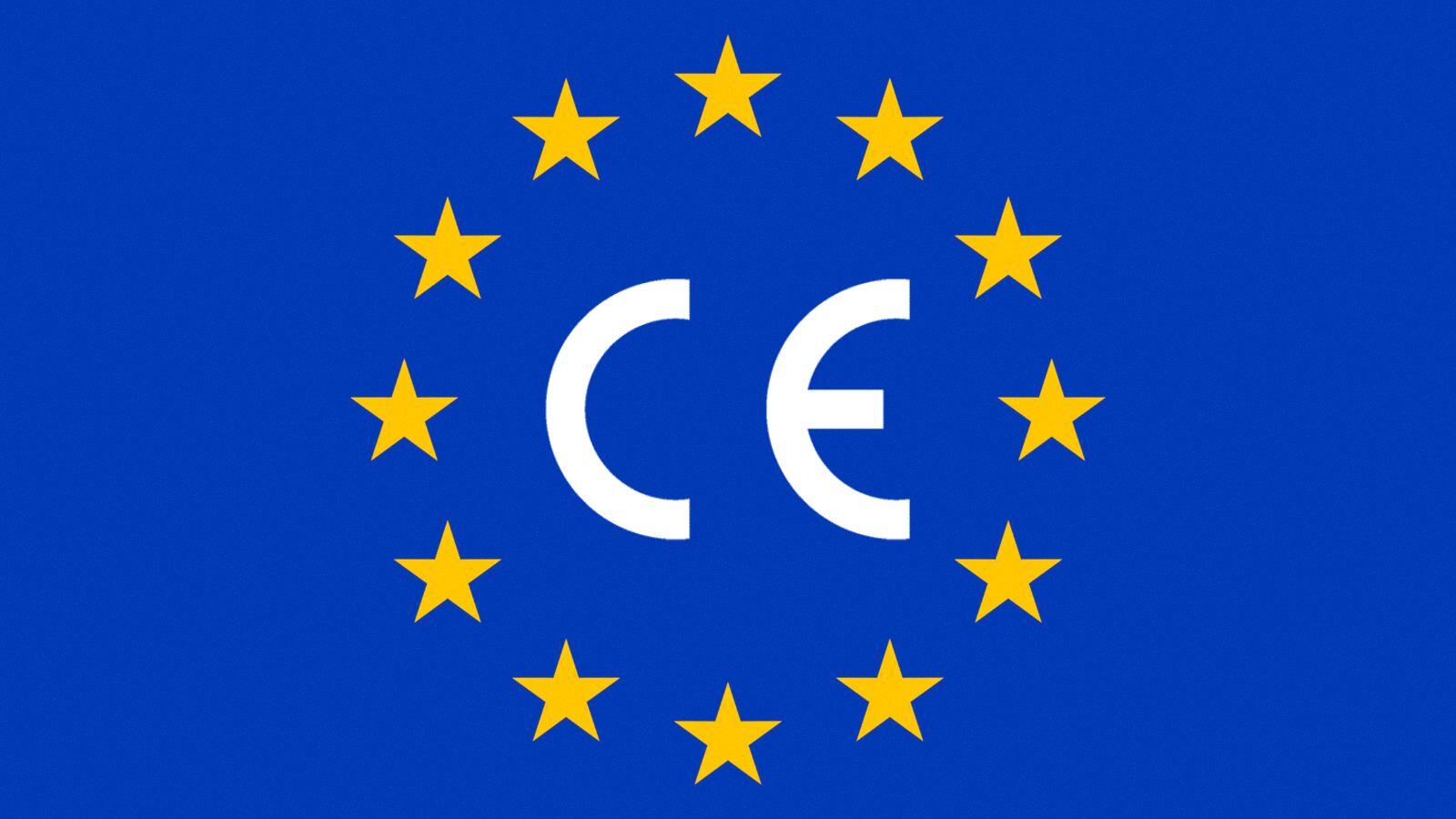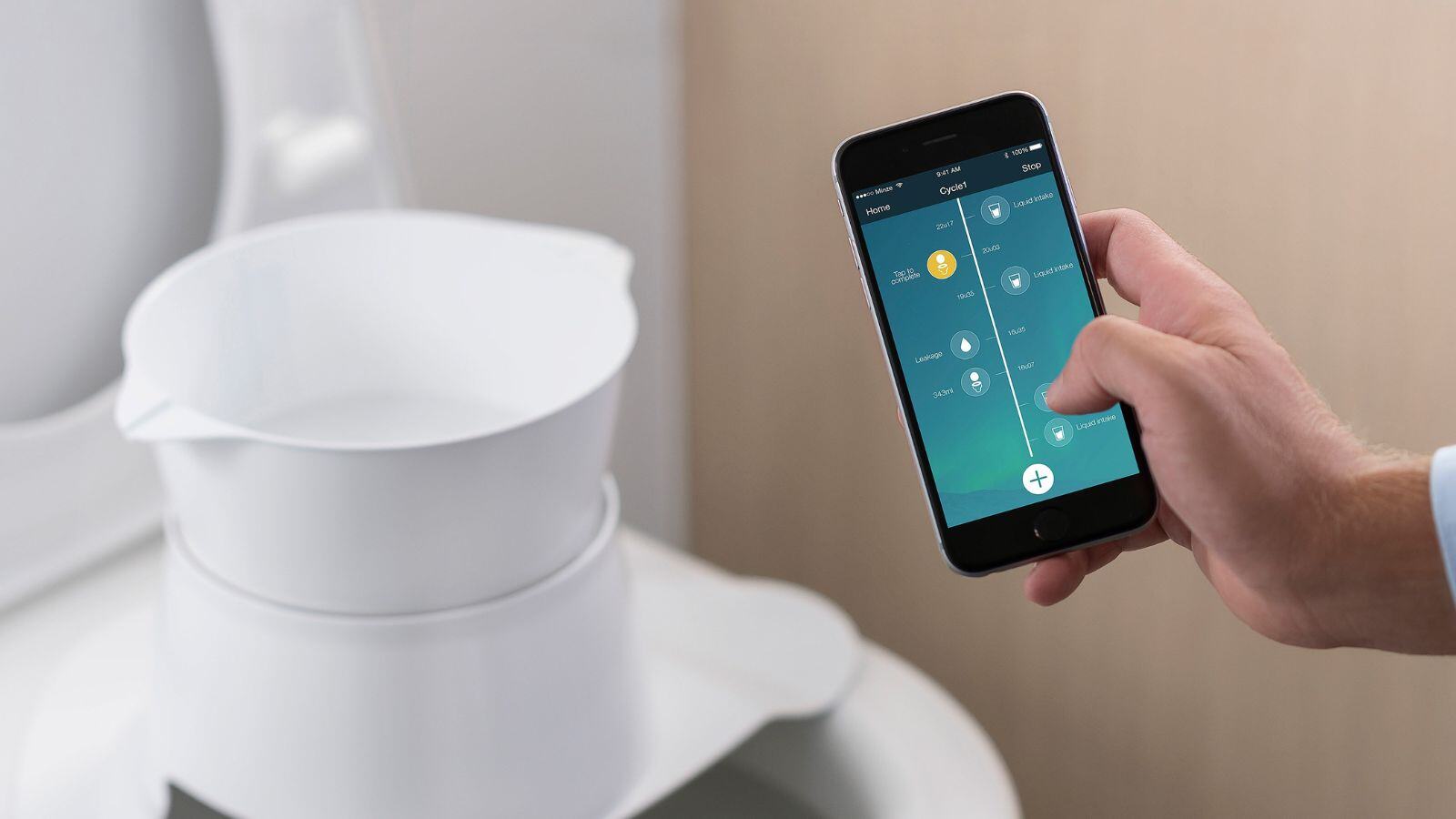Before marketing a medicinal product, pharmaceutical companies must obtain a marketing authorization (MA) from the respective licensing authority.
In Europe, an MA can be obtained via the European Commission through the Centralized Procedure (CP) or via the competent authority of member states through the National Procedure (NP), the Mutual Recognition Procedure (MRP), or the Decentralized Procedure (DCP).
See our previous blog post by Koen Laenen for more details related to the marketing authorization of medicinal products in Europe.
EDQM’s CEP
In relation to the Active Pharmaceutical Ingredients (APIs) section of the registration pathway, a Certificate of Suitability to the monographs of the European Pharmacopoeia (CEP) issued by the EDQM is considered to replace the relevant sections in the marketing authorization application (MAA) demonstrating the quality of substances for pharmaceutical use
The inclusion of a CEP in an MAA simplifies the assessment procedure for authorities and the submission procedures for pharmaceutical industry (both for manufacturers of active pharmaceutical ingredients and for MA applicants):
The CEP certifies that the respective active substance complies with the European Pharmacopoeia (Ph. Eur.) and that the Ph. Eur. monograph is able to adequately control its quality (and therefore that the legal requirements are met).
The CEP certifies that by applying the relevant monographs of the Ph. Eur., if necessary with an annex attached to the certificate describing additional tests and their limits, it is possible to check whether or not the quality of the substance is suitable for use in medicinal products. In other words, it ensures that all possible impurities from this particular route (including source materials) can be fully controlled by the requirements of the monographs and any additional tests added to the certificate.
CEPs are accepted in all EU member states and in signatories to the Convention on the establishment of a European Pharmacopoeia (including the United Kingdom, but not Ukraine). Some non-EU countries may have additional requirements. CEPs may be accepted in other countries (outside the EU or Ph. Eur. members) if the authorities in those countries so desire. In such cases, the competent authorities will decide on the scope of acceptance of CEPs and the conditions they may apply to them.
As shown above the assessment is done by EDQM, mainly to facilitate EU MA filings, but also other non-EU countries accept and facilitate the CEP. Although sometimes wrongly mentioned by CEP holders, the grant of a CEP by EDQM says nothing about the GMP conditions of the API manufacturing.
A CEP certification cannot be the basis for a QP to state compliance to good manufacturing practices as per EudraLex – Volume 4 – Good Manufacturing Practice (GMP) guidelines – Part II – Basic Requirements for Active Substances used as Starting Materials.

Figure 1 – Example of a generic CEP with blurred confidential details
The CEP procedure
The procedure for “Certification of Suitability to the monographs of the European Pharmacopoeia” (CEP) was established in 1994 and was initially limited to controlling the chemical purity of pharmaceutical substances.
In 1999, the procedure was extended to products with a risk of transmissible spongiform encephalopathy (TSE), allowing their certification on the basis of the European Pharmacopoeia general chapter 5.2.8
'Minimising the risk of transmitting animal spongiform encephalopathy agents via medicinal products’ and of the new monograph on “Products with risk of transmitting agents of animal spongiform encephalopathies (1483)“.
The general chapter 5.2.8 is a verbatim reproduction of the guidance issued by the EMA’s Committee for Medicinal Products for Human Use (CHMP) and by the Committee for Medicinal Products for Veterinary Use (CVMP). The procedure was further revised to allow for the control of herbal medicinal products and herbal drug preparations.
In 1999, the EDQM began an inspection programme for manufacturing sites, covered by an application for certificate(s) of suitability to the monographs of the European Pharmacopoeia.
To obtain a CEP, a substance manufacturer must submit a dossier describing how the substance is manufactured and controlled to the Department of Substance Certification (DCEP) of the EDQM. The DCEP is responsible for reviewing these dossiers and managing their life cycle.
The CEP procedure was established more than 25 years ago and over the years the resources involved in EDQM have grown significantly, but the procedures for dossier evaluation have remained essentially the same. However, some changes were implemented and work processes have evolved over time as new needs have arisen or new regulatory requirements have been introduced.
With the Covid-19 pandemic, the EDQM has faced significant challenges, resulting in dossier backlogs associated with a significant increase of the number of applications received beyond the control of the EDQM, as well as working models.
Pharmaceutical Strategy for Europe
In November 2020, the European Commission (EC) published the Pharmaceutical Strategy for Europe report. In this report, the EC acknowledged that Europe has a comprehensive medicines system, from the development and authorization of medicines to post-authorization surveillance.
The Commission, the European Medicines Agency (EMA), medicines regulatory authorities in Member States, and the European Economic Area work together in the European medicines regulatory network to ensure that patients have access to high-quality, effective, and safe medicines.
In the report, the EC sets the goal of having a single assessment process in all Member States for active substances used for different generic medicines to facilitate their authorization and lifecycle management.
Pharmaceutical Legislation
In the EU, the Directive 2001/83/EC on the Community code relating to medicinal products for human use and Regulation (EC) No 726/2004 laying down Community procedures for the authorization and supervision of medicinal products for human and veterinary use and establishing a European Medicines Agency are known as the “EU general pharmaceuticals legislation”.
The pharmaceutical legislation contains the main definitions, regulatory incentives, and authorization procedures, as well as the manufacturing, authorization, and post-authorization requirements for medicines.
The EC opened the public consultation on the EU’s general pharmaceuticals legislation on medicines for human use in September 2021. This initiative is part of the EU’s Pharmaceutical Strategy for Europe and calls on stakeholders and members of the general public to share their views on matters such as unmet medical needs, incentives for innovation, rules for new products, affordability of medicines, and others.
Later in 2022, the EC will publish the new or updated version of the general pharmaceuticals legislation, considering the above-mentioned ambition to have a single assessment process across Member States for active substances used for different generic medicines. With these upcoming changes in EU legislation, it is crucial for EDQM to ensure that the CEP procedure remains attractive.
CEP of the Future
As noted above, the content and layout of the current CEP remain very similar to the original drafted in 1992. Nevertheless, the EDQM is well aware of the far-reaching impact that globalization, the rise of digital technology, and many other important regulatory and scientific developments have had on the pharmaceutical industry and competent authorities over the past three decades.
Together with the possible changes in the pharmaceutical legislation, the EDQM launched a project called “the CEP of the future” in order to review the content and layout of the CEP document and information made available in order to meet the needs of stakeholders through CEPs.
In this framework, it was deemed necessary to review the procedures for CEPs in order to verify the adequacy of resources, to become more efficient and make the procedure attractive to stakeholders (authorities and industry) around the world.
The aim is to develop a modern CEP that better meets the current needs of stakeholders, offer both greater transparency of the information conveyed and greater user-friendliness, increase the acceptance of CEPs and facilitate the registration activities carried out using CEPs.
Public consultation on CEP of the Future requirements
In the first phase, which started in late 2020, a broad public consultation gathered feedback from stakeholders on various aspects related to the CEP. The responses were then compiled and reviewed in detail, allowing for the identification of areas of work and the drafting of the roadmap.
Highlights from the feedback received:
- There was a strong demand for more information in the CEPs, including statements on what is approved and what is not, to increase transparency and clarity for users, but also to avoid questions from both authorities and marketing authorization holders (MAHs).
- The majority of respondents indicated that they would like to see more information in the CEP files approved by the EDQM and included within the CEP document, to avoid questions or the assessment of marketing authorization applications.
- There were many voices calling to find ways to reduce the number of CEP revisions.
CEP content
Stakeholders made the following specific suggestions for the content of CEPs:
- To include more details on all sites involved in manufacturing, to understand the supply chain and the roles of each site.
- To be more transparent regarding the specifications of the substance covered by the CEP.
- To include statements on the CEP with regard to risk assessment of nitrosamine and mutagenic impurities, as well as the maximum daily dose and route of administrationconsidered in the assessment.
- To include information on physical treatments and related grades and controls (e.g. polymorphisms, PSD), or alternatively to include a statement that this aspect was not approved by the EDQM.
- Regarding stability, respondents would appreciate the mandatory inclusion of a re-test period in the CEP, with the possibility of covering more climate zones, along with statements on the need or lack of need for specific storage conditions.
With regard to the layout and format of the CEP:
- A clear preference was expressed for an electronic CEP (e-CEP) rather than a paper document.
- The need to present the information mentioned on the CEP (additional testing, retesting period, elemental impurities, etc.) in tabular form for easy consultation was raised by many respondents.

Figure 2 – Example of an eCTD module for Drug Substance
CEP usage
The aspects most frequently mentioned related to the use of the CEP were:
- To notify the status of applications in the online “certification database” (e.g. requests for revision approved, changelog with a general description of the changes included in the dossier and/or the CEP).
- To no longer issue revised CEPs for administrative changes (e.g. changes to names/addresses of companies).
- To no longer issue revised CEPs for changes not impacting the quality of the substance or not impacting the content of the CEP.
- There was still a need to check the authenticity of a CEP, either in the online “certification database” or through the introduction of a QR code.
- To revise the current declaration of access box (e.g. to have more space, to be aligned with the letter of access for ASMFs).
Based on all the comments and feedback received, the following 4 areas of work have been identified to design the “CEP of the future”.
1. Review information to be reported on CEPs
- Increase transparency and clarity to give a better understanding of the aspects which are approved and also those which are not approved (on grades and subtitles, approved specifications, etc.).
- Fill in gaps with information reported on CEPs. Reduce revisions of CEPs and facilitate handling of changes.
- Avoid revisions of CEPs linked to administrative changes, such as changes to names and addresses of companies.
- Avoid revisions of CEPs not impacting the quality of the substance covered.
2. Enhance digital tools and public databases
- Implement a digitally signed electronic CEP.
- Use IT tools to facilitate the preparation and use of CEPs and also reference CEPs in marketing applications.
- Update EDQM databases to include more features and to disclose more information.
3. Foster information sharing between CEP holders & medicines manufacturers
- Disclose more information in the CEPs and in the online “certification database”.
- Identify ways to enforce and verify information sharing.
4. Train users on content and use of CEPs
- Provide more training and use the full range of EDQM communication tools to explain what is covered by CEPs and how CEPs should be used.
- Enhance information and improve visibility on the EDQM website to facilitate easier access to all relevant data.
EDQM and the CEP of the future: conclusions
It is clear that the upcoming changes due to the ongoing work at the EC regarding the implementation of the Pharmaceutical Strategy for the EU and the expected changes in pharmaceutical legislation regarding the evaluation of Active Substances will affect the value that the CEP issued by EDQM will have for regulators, CEP holders, and MA holders.
As the changes in legislation will have an impact on the value to the CEP and a possible revised CEP layout and content, QbD’s RA team will continue to monitor these changes and ensure that future regulatory affairs services meet the expectations set forth in future legislation.
Our RA experts can guide and assist you with questions and challenges you might be facing now or in the future related to the usage of a CEP as MAH in the EU, or as a CEP holder and API manufacturer to submit a CEP application and correctly maintain your CEP dossier with EDQM throughout the lifecycle of your API. Our RA team can support your with:
- Gap analysis of API reports and data in view of a CEP application as per current and future requirements and guidelines
- Compilation of the Active Substance Master File (ASMF) in eCTD and CEP application towards EDQM
- Preparation and submission of renewals, variations, and revisions of approved CEPs in view of the lifecycle management
- Support in specific regulatory requirements to ensure compliance towards the regulatory guidelines (eg Nitrosamine risk assessment process)














%20Checklist.jpg)








.jpg)




.jpg)
.jpg)

.jpg)


.jpg)
.jpg)
.png)